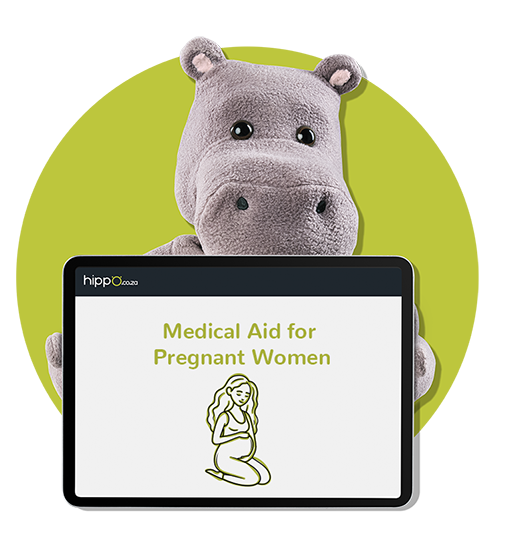Medical Aid for Pregnant Women
Prenatal healthcare is one of the major expenses during pregnancy, even for those with medical aid. It typically includes regular visits to an obstetrician to monitor both the mother's and baby's health, ultrasounds to track fetal development, and recommended vaccinations to protect the mother. Routine diagnostic tests are also conducted throughout the pregnancy to ensure the well-being of both mother and baby, helping detect any potential health concerns early.















